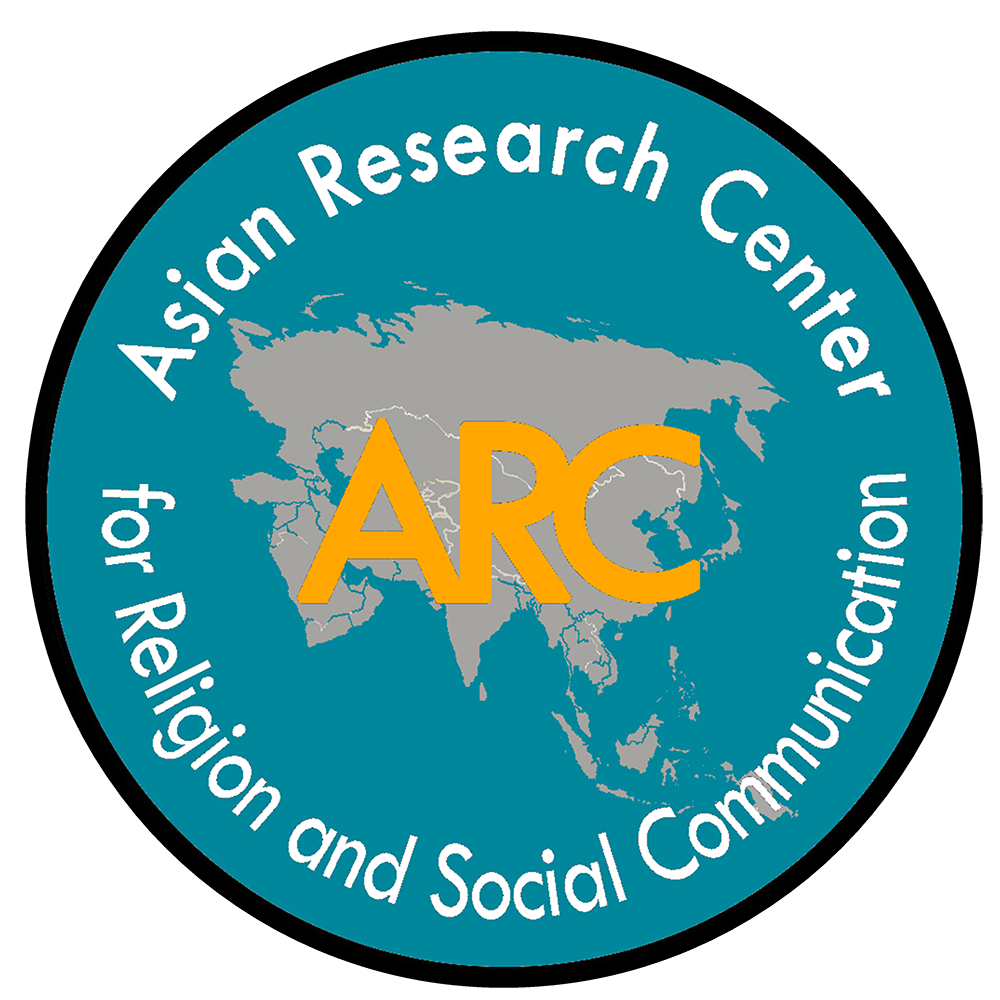Community Radio in South Asia: Reclaiming the Airwaves.
Religion and Social Communication 20, no. 2 (2022)
Malik, Kanchan K. and Vinod Pavarala (Eds.). Community Radio in South Asia: Reclaiming the Airwaves. London and New York: Routledge, 2020. Pp. xvi, 294. ISBN 978-0-367-52058-8 (paper).
The editors and authors of this collection define community radio in both negative and positive terms. Negatively, community radio stands apart from government broadcasting (even public service broadcasting) and commercial radio. Positively, community radio is radio rooted in local communities, broadcasting to limited areas in attempts to provide a voice for the local community and to reach the people that other radio does not reach, particularly to supply them with information on sustainability and development. Bhat indicates “four broad models identified for the framing of community media: Serving the community, providing an alternative to mainstream media, acting as part of civil society, and offering a rhizomatic approach, the latter denoting a flexible, non-linear, fluid, and slightly anarchic approach to community media” (p. 117). Manchi adds that community radio “serves important archival and mnemonic functions for the community” (p. 233). All of the contributors to this collection agree on “the centrality of community voice” (Sen, p. 168) as a defining characteristic.
Beyond that key aspect, community radio represents a number of different things in its different instantiations throughout the world. The editors describe its characteristics in South Asia, “Over the years, community radio (CR) has gained credence worldwide as an alternative to the mainstream broadcast media, as an entity owned and managed by marginalized groups, and as a tool for sustaining development, giving voice to the voiceless and contributing towards strengthening the communication rights of people” (p. 1).
This book tells the story of community radio in four South Asian countries: Bangladesh, India, Nepal, and Sri Lanka. The three parts of the book focus on policy (discussed country by country), issues in practice, and case studies. In effect, however, each of the chapters touches on these topics to one degree or another. The first section presents very helpful background on the introduction of community radio in the four countries, focusing not only on policy issues but also on the history of setting up the stations. The second section calls attention to particular challenges such as the role of NGOs, radio spectrum management, the introduction of somewhat advanced technologies into rural communities, the role of women, the possibilities of community radio for disaster response, and issues of sustainability. The third section (the case studies) offers a good deal of practical suggestions to address challenges such as conflicts in the communities, assessment of the stations, and the practices of democracy.
Writing about policy issues in Sri Lanka, M. C. Rasmin and W. A. D. P Wanigasundera offer a comment that could well apply to the whole region, “Policy is not just licensing alone. It is accepting community radio as a fundamental necessity and alternative democratic means to address voice concerns, demonstrating the legal commitment of the nation to foster the ‘medium,’ ensuring the survival of the community radio sector as well as its autonomy and Independence, and enabling a convenient licensing process” (p. 89).
Many of the contributors agree on the challenges community radio stations face throughout the region, although these appear in different guises in different countries. They include restrictive legislation, weak infrastructure, a lack of information exchange and support, little cross-regional exchange, and few media models or networks (Sen, p. 179–180). These lead to issues of sustainability for the stations: social sustainability (tied to community support and participation), institutional sustainability (policy, democratic processes, management style, etc.), and financial sustainability (Ramakrishnan & Arora, p. 186–187).
The communication for development perspective, supported by various NGOs and resting on a long tradition of communication research guides the set up and operations of many community radio stations. However, this perspective, particularly in India, is not without its problems. Pavarala identifies several unintended consequences of the connection between community radio and NGOs. NGOs do not always observe what he calls “non-negotiable principles” of community radio, that is “community participation, autonomy from the state and the market, and independent programming that is free from extraneous pressures” (p. 103–104). Community radio itself, like all technologies introduced into a community, “reconfigures power relations in a community’s life” (Manchi, 232), including those of sponsoring NGOs or communication scholars. This is not to say that such problems affect every instance of community radio but to identify issues to which scholars should attend. Similar calls for more careful study arise with the allocation of spectrum for community stations, although spectrum allocation is simplified in some ways due to the low-power nature of the stations. Finally, the technology itself can lead to other dependencies since the nature of radio technologies demands a certain sophistication that may lie beyond the abilities of local community members (Babu, p. 133).
Community Radio in South Asia provides a thoughtful and challenging overview of (and introduction to) community radio in circumstances and regions quite different from its other use in Latin America and Africa. The book is well worth the time spent with it and should appeal to those interested in communication for development, communication technology, democratization, and community development.
Paul A. Soukup, S.J.
Santa Clara University, USA




![[Book Review]David Thang Moe. Beyond the Academy: Lived Asian Public Theology of Religions.](https://asianresearchcenter.org/storage/image/2025/06/cover-for-web-1749467974.jpg.160x96.webp)
![[Book Review] Mary Frohlich. The Heart at the Heart of the World: Re-visioning the Sacred Heart for the Ecozoic Era](https://asianresearchcenter.org/storage/image/2025/01/cover-final-1735893887.png.160x96.webp)